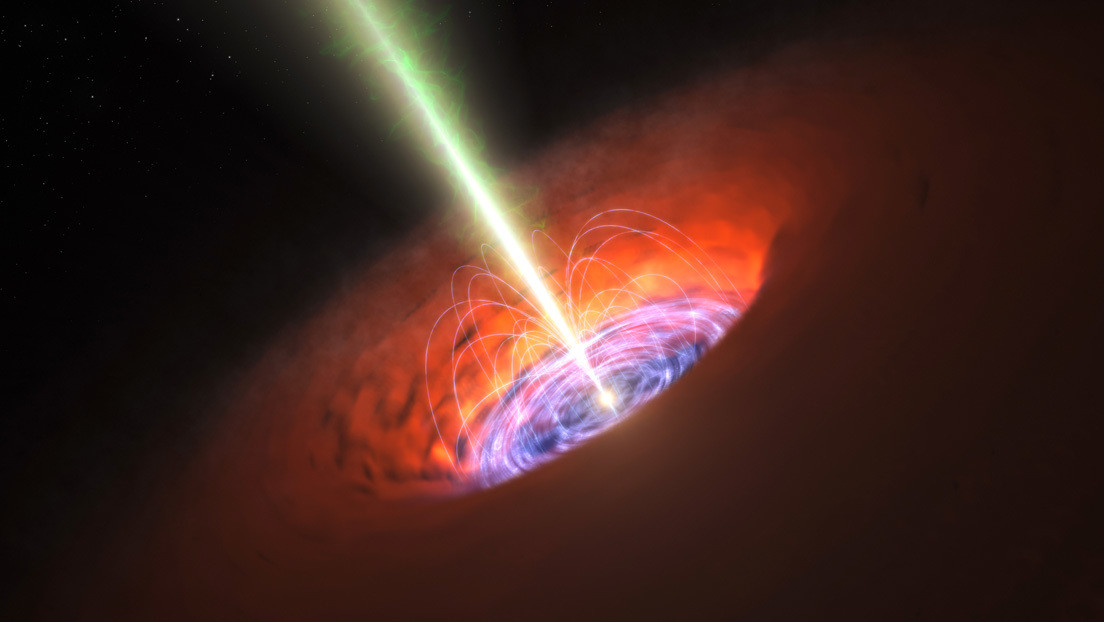Then

Since 2003, the black hole at the center of the Perseus galaxy cluster has been associated with sound. This is because astronomers have discovered that the pressure waves sent by the black hole cause ripples in the cluster of hot gas, which can be translated into a particular one – which cannot be heard by humans in the 57 octaves below the middle trough. Now a new configuration brings additional hints to this. Black hole sound engine This new configuration, i.e., converting astronomical data into sound, will be launched during Black Hole Week. Pot This year.
In some ways, this specification is different from what was previously done because it reviews the actual sound waves detected in data from NASA’s Lunar X – ray Laboratory. The popular misconception that there is no sound in space is that most places are basically a vacuum, providing no medium for the propagation of sound waves. On the other hand, a galaxy contains a large amount of gas, which sinks hundreds or thousands of galaxies and provides a medium for sound waves to travel.
In this new sonification of Perseus, the sound waves previously identified by astronomers were extracted and heard for the first time. Sound waves are drawn in radial directions, i.e. away from the center. The signals were re-integrated into the human auditory range by increasing the octaves 57 and 58 above their actual pitch. Another way of expressing this is that it hears 144 quadrillions and 288 quadrillions more than its original frequency. (One quadrillion is 1,000,000,000,000,000,000.) A radar-like scan around the image allows it to hear waves emanating in different directions. In the visual image of this data, both blue and purple show X-ray data captured by the moon.
In addition to the Perseus cluster of galaxies, a new sonication of another popular black hole has been released. The black hole in Messier 87 or M87, studied by scientists for decades, gained prominence in science in 2019 after the first release of the event Horizon Telescope (EHT) program. This new specification did not provide EHT data, but it did observe the M87 at the same time the largest of the data of other telescopes appearing. The visual image consists of three panels, up and down, X-rays from the Moon, optical light from NASA’s Hubble Space Telescope, and radio waves from the Atacama large millimeter array in Chile. The brightest part to the left of the image is where the black hole is located, and the structure in the upper right is the jet created by the black hole. The jet is made of material that falls on the black hole. The sonication scans the image in three stages from left to right, each wavelength assigned to a different level of audible tones. Radio waves are assigned to lower tones, optical data to mitones, and X-rays to higher tones by the moon. The brightest part of the image corresponds to the quietest part of the sonication, where astronomers have discovered the 6.5 billion solar black holes captured by EHT.
Read more Pot





:quality(85)/cloudfront-us-east-1.images.arcpublishing.com/infobae/KTKFKR763RBZ5BDQZJ36S5QUHM.jpg)